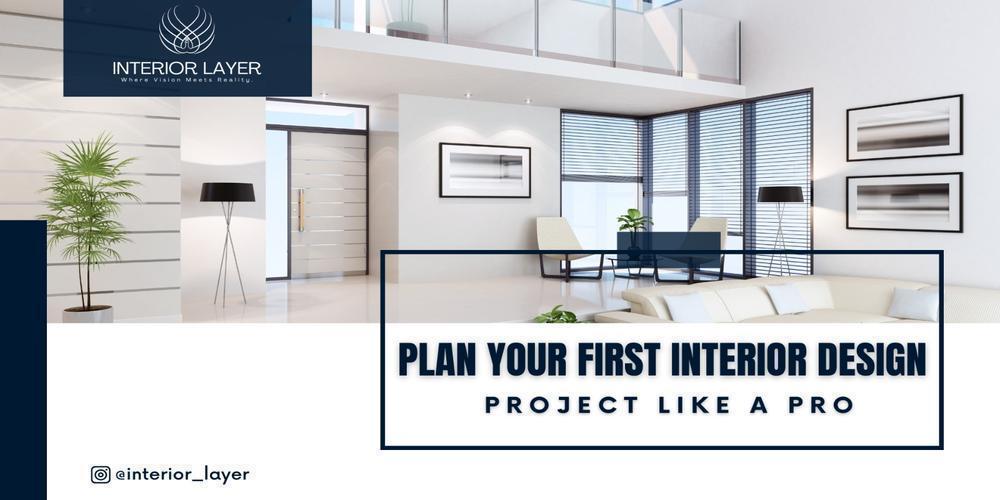

Starting your first interior design project can be exciting yet overwhelming. Without a defined plan, it's easy to get sidetracked by the abundance of online inspiration. Whether updating a single room or redesigning your whole home, staying organized is key to achieving a polished look. This blog will guide you through essential steps to make your first design journey smooth and rewarding.
Great designs start with preparation and purpose rather than jumping into do-it-yourself fads or mismatched concepts. Everything should be functional while expressing your personal style, from the furniture and lighting to the colors and textures. Here, we'll review six crucial guidelines that expert designers consistently adhere to so you may approach your project with assurance and clarity.
1. Define Your Style and Purpose
Before buying anything or browsing Pinterest boards, take time to understand your style and the function of the space. Ask yourself: Is this a space to relax, work, entertain, or sleep? Explore different aesthetics, such as contemporary, industrial, traditional, or minimalist, and pick one that resonates with your lifestyle. Knowing the purpose helps you avoid impulse purchases that don't align with your needs. This is the foundation of interior design planning and a critical part of any beginner's guide to interior design.
2. Interior Design Budget Planning
Interior design doesn't have to break the bank, but having a clear budget helps you prioritize where to splurge and where to save. Include furniture, décor, lighting, wall treatments, flooring, and potential labor costs. Always set aside 10–15% as a buffer for unexpected expenses. A well-structured budget prevents delays and keeps the project within scope, making interior design budget planning a must-have skill for any beginner.
3. Measure Everything Accurately
Precise measurements are essential to avoid costly mistakes. Measure the room's dimensions, window placements, ceiling height, and door locations. This helps you choose appropriately sized furniture and maintain proper flow and balance within the space. Use design tools or floor planning apps to visualize layouts before making purchases. This practical step is one of the top interior design tips for beginners.
4. Create a Mood Board for Interior Design
A mood board brings your vision to life. Collect fabric swatches, paint chips, furniture images, and inspirational photos to create a cohesive visual guide. This step helps you stay consistent with your theme and communicates your ideas clearly, especially if you're working with a designer or contractor. A mood board for interior design ensures your ideas stay organized and aligned with your style.
5. Plan Lighting with Purpose
A sound lighting system affects mood as well as functionality. Layer lighting using ambient (general), task (functional), and accent (decorative) sources. Take into account the natural light, the room's size, and the activities that will take place there. The right lighting plan enhances colors, adds depth, and improves comfort. This is one of the essential step-by-step interior design tips that professionals never skip.
6. Choosing Furniture and Materials Thoughtfully
Select materials based on durability, maintenance, and aesthetic appeal. Opt for quality pieces that balance style with longevity. When selecting furnishings, consider scale, proportion, and how each piece contributes to the overall harmony. Avoid over-cluttering; aim for curated, intentional choices that add personality without chaos. These insights are key when choosing furniture and materials that work long-term.
Conclusion
How to plan your first interior design project doesn't require a professional degree—it just needs thoughtful preparation and an understanding of how to bring ideas into reality. By focusing on style, purpose, budgeting, measurements, mood, lighting, and quality furnishings, you lay the groundwork for a beautiful and functional space. Taking these steps saves you time and stress and ensures the final outcome reflects your vision in the most polished way. Remember, even the pros started somewhere—with intention, patience, and a clear plan, your first interior design project can be the start of many successful transformations to come.